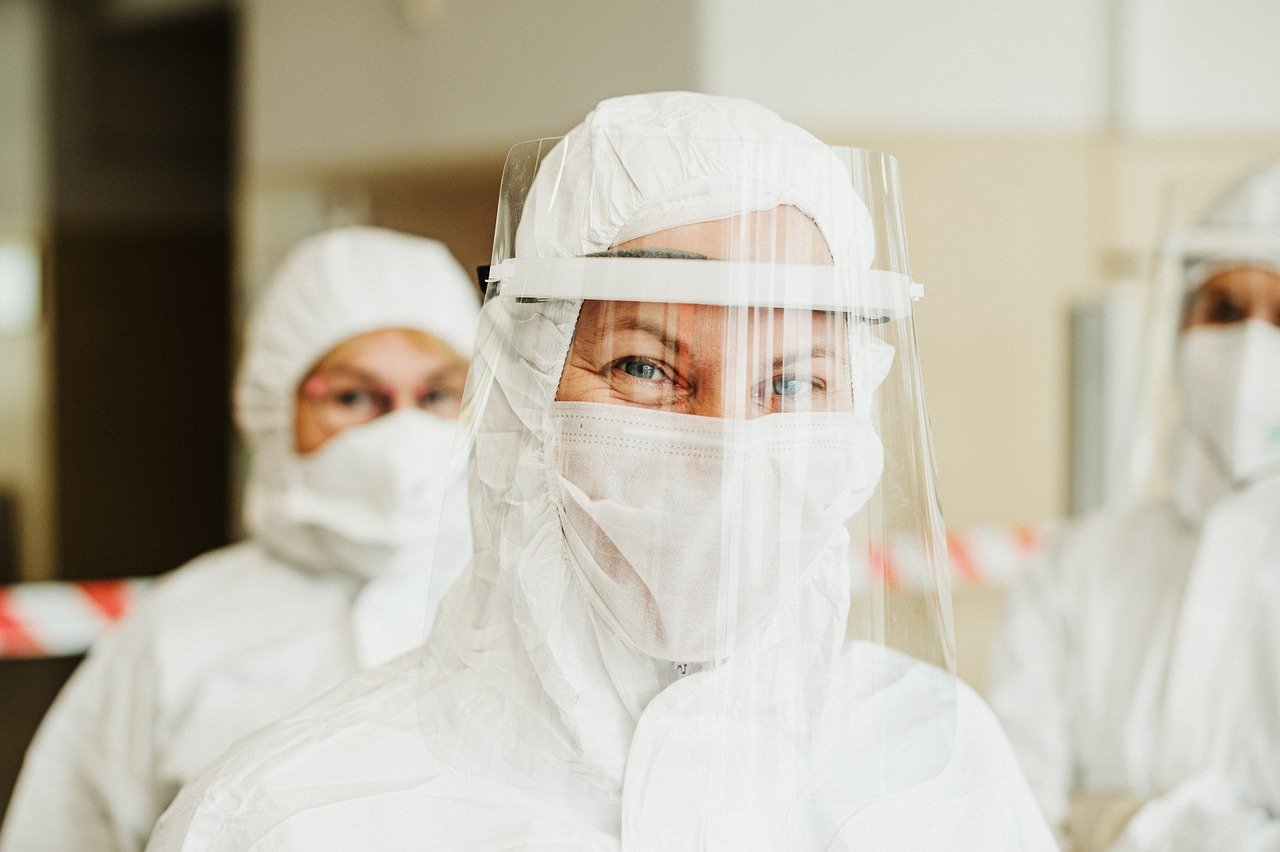
The Canadian Government is keen on keeping workplaces safe from various risks that endanger the life, health, and welfare of employees. The Minister of Employment, Workforce Development and Labour imposed changes to occupational health and safety regulations for workers to be protected.
Understanding Occupational Hazards
Occupational hazards are things or situations that pose potential harm to an employee. Occupational hazards are divided into two categories:
- safety hazards that may cause accidents that physically injure workers
- hazards that result in the development of diseases
The Canadian government, through its labour office, regulates different sectors for the work hazards through regulations and laws that aim to create safe workspaces for everyone.
How should workplace health and safety hazards be dealt with?
The labour department identified a 3-step process in dealing with workplace hazards:
- They should be recognized. Recognition involves identifying the hazard and determining if it can possibly affect the workers.
- They must be assessed. After recognizing their potential to pose risks to people’s health and safety, the urgency of stopping them should be assessed.
- They have to be controlled. Control is applied at the hazard source. Once you’ve recognized the source and assessed its potential to harm, take necessary precautions to reduce or eliminate the risks altogether.
A workplace that has reduced health and safety hazards can reap benefits. When talking to VAT services for your business in Malta discuss how a safe working environment can help you cut taxes.
To help with your efforts to promote a safe working space for your employees, here are some steps you can take:
Health Hazards
The World Health Organization (WHO) says that more than half of workers in the informal sector in several countries have no social protection that gives them health care even for occupational health hazards. This issue is even more magnified because of the coronavirus pandemic. How can employers assure their employees of safety?
Here are some ways:
1. Gear up your employees
Are your employees exposed to chemicals during their shifts? Toxic chemicals can hamper the safety of your employees, especially in the long term. Chemical exposure can result in a number of health issues ranging from cancer, organ failure, and death. There are different toxic chemicals and health hazards that your employees can be exposed to as they complete their daily tasks.
Aside from these, there are also health hazards that come from unseen enemies — viruses, bacteria, and germs. Exposure to them can lead to employees getting sick.
In order to lessen the risks of these health hazards in the workplace, businesses can provide gear like hazmat suits, face masks, gloves, personal protective equipment, boots, and many others.
2. Lessen work hours to reduce exposure
Another way to ensure the safety of employees is to lessen the work hours they will render. Maximize your work roster by dividing work hours evenly among employees.
3. Establish daily safety monitoring
Create a system for monitoring the employees’ daily safety routines before, during, and after the shift. Contact the Centre for Security Training & Management Inc. to train your security officers in the proper monitoring of workplace safety.
4. Keep updated with new policies
The Covid-19 pandemic has brought to attention the importance of proper communication in keeping businesses running. There have been several lockdowns imposed, new normal health protocols to adapt, and other safety regulations imposed by the government in an effort to curb the number of cases. Businesses need to be updated with these policies to impose the changes and encourage employee obedience as soon as possible.
5. Provide a health package applicable to your line of business
Canada has universal health insurance in place but there are some health conditions and laboratory tests that it does not cover. Each province and territory also has a different insurance plan in place which can be a problem if you have multiple places of business. The way to ensure your employees that they are cared for is to provide a health package that covers ailments that may be brought about by the hazards they are exposed to at work.
Securing Employees From Other Hazards

Accidents are unforeseen events that can leave a big impact on any business. As an employer, you need to take care of medical bills, lost productivity, and compensation paperwork. You need to avoid these by ensuring the safety of personnel.
Here are some tips:
1. Incorporate a safety and wellness plan
Establish an effective accident prevention and wellness program to cover all levels of safety and health in the workplace. Also, train your employees to report hazardous practices or behaviour.
2. Educate employees on safety practices
Continually cultivate a culture of safety among employees and management by providing training on measures to take for various situations that may endanger the life and safety of anyone. Safety practices like putting away dangerous objects, turning off the main power line, and giving first aid are just a few of the training you can let them take.
3. Develop a process for safely using machines
Malfunctioning machines can slow work down and pose safety risks. One of the ways to reduce machine bog downs is to have a process for safe use. Instructions on how to properly turn them on, the length of allowable usage within a day, proper cleaning, and troubleshooting are a few of the things to teach employees not only to keep them working for a long time but also to avoid accidents.
4. Keep workplaces orderly
Poor housekeeping can cause serious health and safety hazards in the workplace. Set areas aside for keeping tools, stations for cleaning up spills, and disposal areas for debris.
Messy workplaces invite accidents. In fact, several individuals seek the help of a Richmond Hill personal injury lawyer to help them make claims against companies they used to work for.
5. Do not take shortcuts
Accidents happen when the individuals involved in carrying a task skip the necessary steps to satisfactorily and safely carry out the job. Make it a point to deliver instructions clearly. Organize the process and prevent mishaps in the future.
A safe and healthy workplace is a communal effort. The management and employees need to work together to ensure that everyone will come home safely at the end of the day.